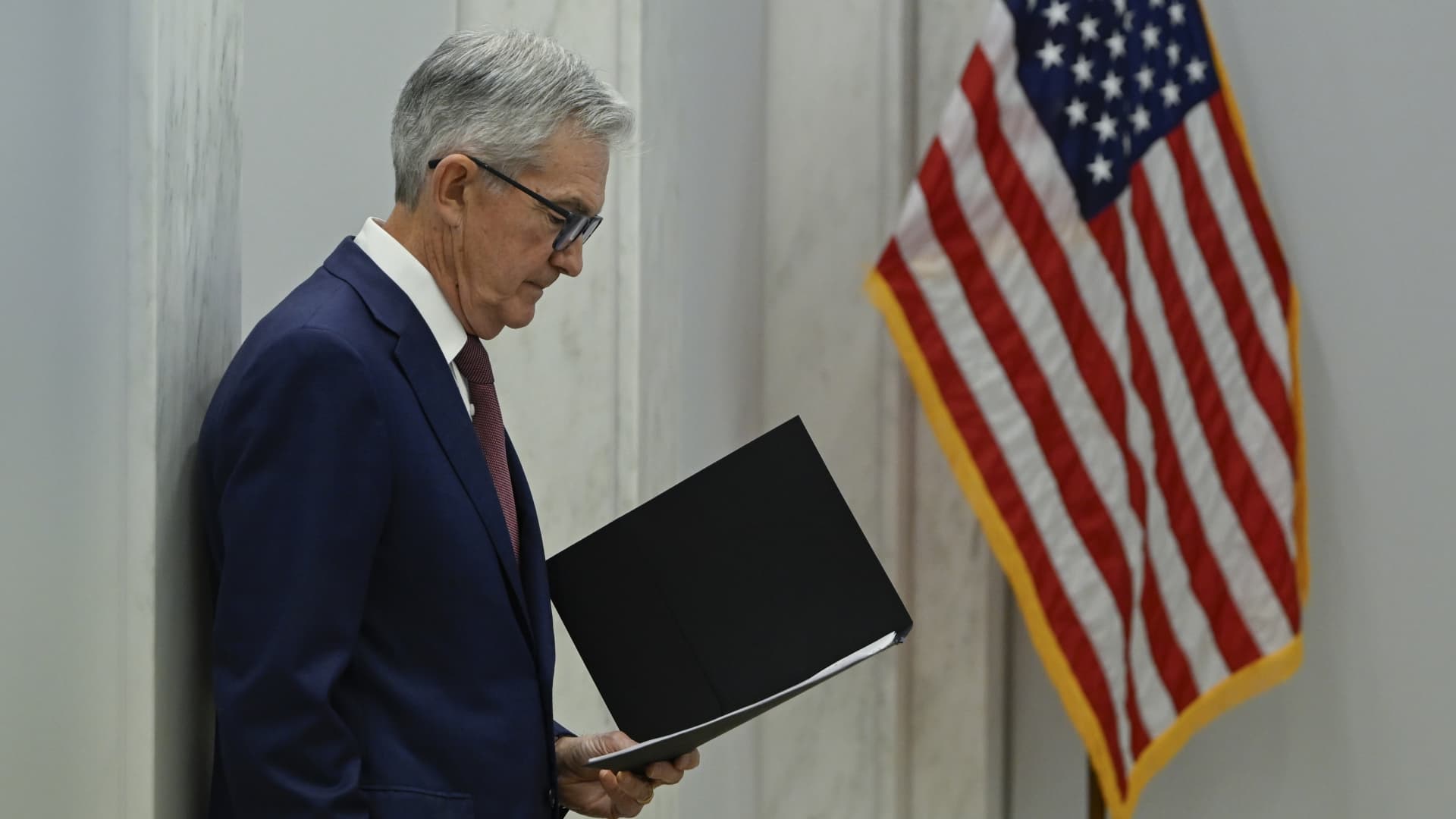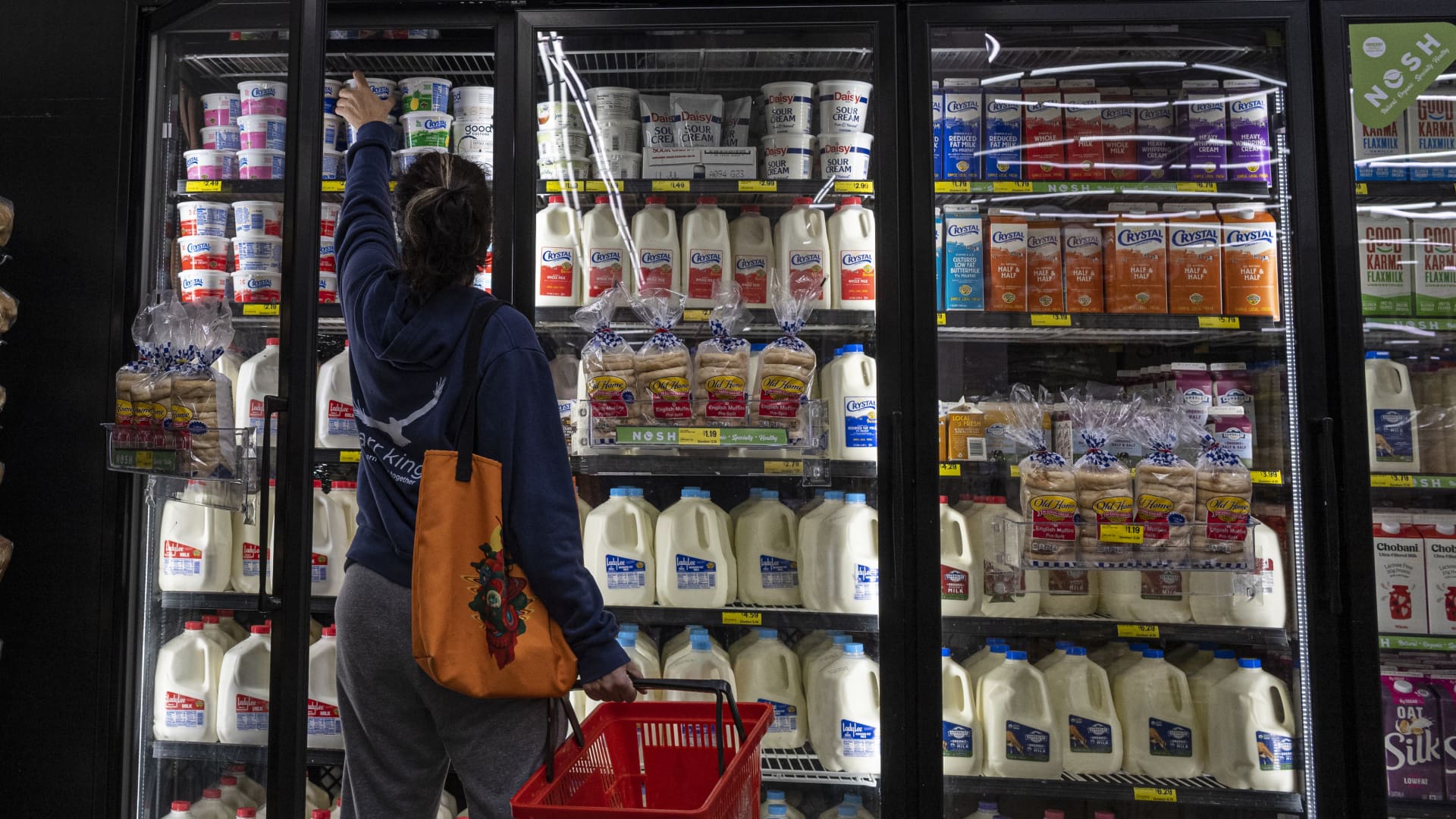Restaurant executives can’t wait for 2025 after slow traffic and wave of bankruptcies


After a tough year for the restaurant industry, executives can’t wait for 2025 to start.
“I don’t know about you guys, but I’m ready for ’24 to be behind us, and I think ’25 is going to be a great year,” Kate Jaspon, CFO of Dunkin’ parent Inspire Brands, said at the Restaurant Finance and Development Conference in Las Vegas this week.
Restaurant bankruptcy filings have soared more than 50% so far in 2024, compared with the year-ago period. Traffic to restaurants open at least a year declined year over year in every month of 2024 through September, according to data from industry tracker Black Box Intelligence. And many of the nation’s largest restaurant chains, from McDonald’s to Starbucks, have disappointed investors with same-store sales declines for at least one quarter.
But green shoots have appeared, fueling tepid optimism for the future of the restaurant industry.
Sales are improving from this summer’s lows. Traffic to fast-food restaurants rose 2.8% in October compared with a year ago, according to data from Revenue Management Solutions. The firm’s data confirms anecdotal evidence from companies like Burger King owner Restaurant Brands International, which said earlier this month that its same-store sales grew in October.
Plus, interest rates are finally falling. Earlier in November, the Federal Reserve approved its second consecutive rate cut. For restaurants, lower interest rates mean that it’s cheaper to finance new locations, fueling growth. Previously, higher interest rates didn’t hurt development much because restaurants were still catching up from pandemic delays and riding the high of the post-Covid sales boom.
At burger chain Shake Shack, higher interest rates in the last few years did not slow down development, according to CFO Katie Fogertey. But she’s expecting a “big boost” in consumer confidence as rates fall.
“If credit becomes cheaper, people feel like they can borrow more, even though it doesn’t make sense that it would necessarily drive a $5 burger spend. It’s just the psychology behind it,” Fogertey told CNBC.
Shake Shack has reported increasing same-store sales every quarter so far this year, even as consumers have been more cautious.
Restaurant valuations are also improving, prompting hope that the market for initial public offerings will finally defrost.
“We’re working with a number of different folks right now on getting ready,” said Piper Sandler managing director Damon Chandik at RFDC. “The window currently is not wide open … I think that just with the traffic pressure that we’ve been seeing across the industry, the bar is particularly high.”
He added that he expects to see some restaurant IPOs next year, hopefully in the first half.
No major restaurant company has gone public since Mediterranean restaurant chain Cava’s IPO in June of last year. While Cava’s stock has climbed more than 500% since its debut, its success hasn’t encouraged any other large private restaurant companies to take the plunge. Instead, the broader market conditions have scared off other contenders.
Nearly a year ago, Panera Bread confidentially filed to go public again, but an IPO hasn’t yet come to fruition. Inspire Brands, which is owned by private equity firm Roark Capital, is another likely candidate for a blockbuster IPO in the future. Inspire’s portfolio includes Dunkin’, Buffalo Wild Wings, Jimmy John’s, Sonic, Arby’s and Baskin-Robbins.
Still, it’s not all optimism within the industry.
“I think we’ll still see headwinds next year within the macro and within the industry,” Portillo’s CFO Michelle Hook told CNBC.
The fast-casual chain, best known for its Italian beef sandwiches, has reported falling same-store sales for three straight quarters. Portillo’s has stayed away from some of the discounts offered by others in the restaurant industry, like McDonald’s and Chili’s.
The value wars will likely continue into 2025, pressuring restaurants’ profits and intensifying the competition between chains. For example, McDonald’s plans to unveil a broader value menu in the first quarter, after extending its $5 value meal through the summer and into the winter. For some restaurants, the looming threat of bankruptcy hasn’t disappeared, particularly for the chains that are leaning on discounts to win back customers.
And while a recession looks unlikely next year, the consumer might take longer to bounce back from years of high costs than anticipated.
This post has been syndicated from a third-party source. View the original article here.



